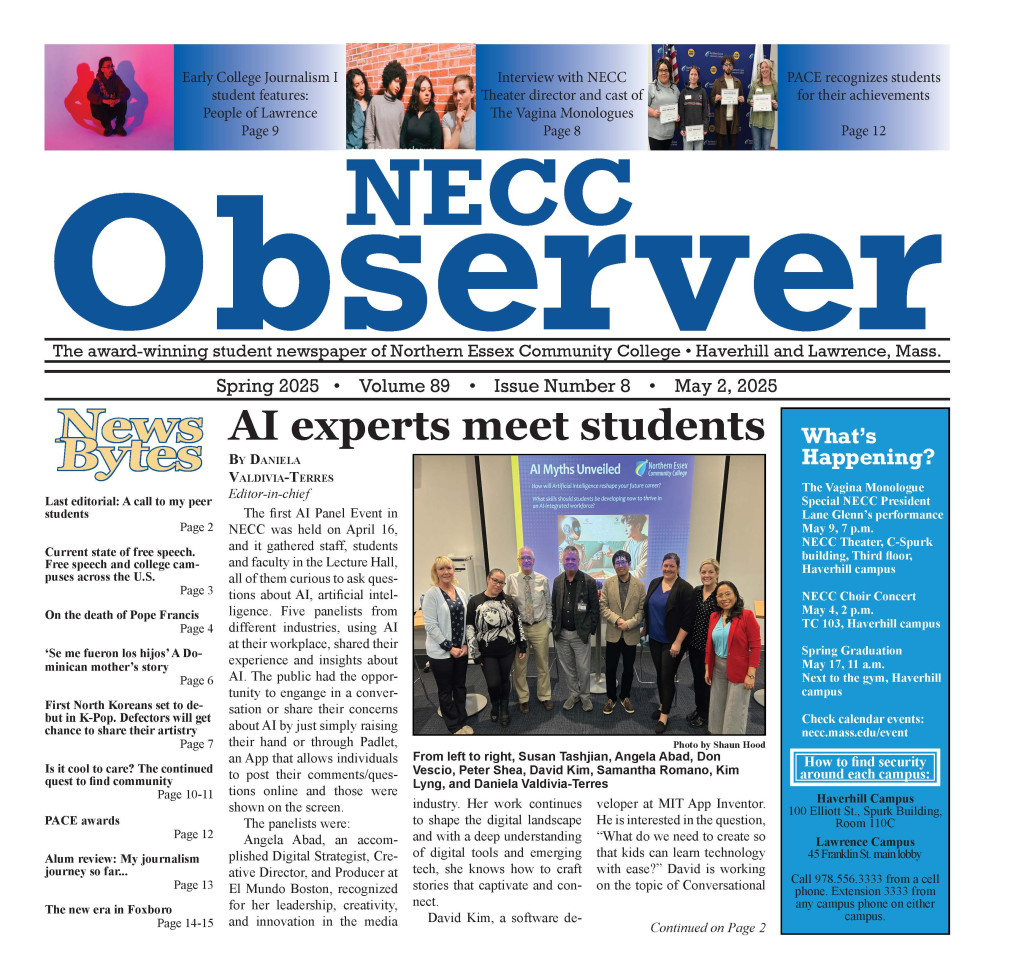Since the start of pandemic, we have all been trying to gather ourselves and figure out what our new “normal” is.
As far as educational purposes go, schools and universities had to think of a way for their students to continue their education virtually. This is when the software Zoom came around and took over the virtual learning competition by a long shot.
You’d be surprised to know that Zoom was actually created in April of 2011, but never passed the popular streaming software Skype and FaceTime. However, Zoom felt more school friendly and you could have multiple people in one video chat unlike Skype and FaceTime where you could only have a certain amount of people in one video chat. Zoom is also very user-friendly for mostly everyone. Zachary Muller from Newburyport states, “I can see everyone’s faces.”
This helps with more engagement and makes it feel like you are actually in a classroom, which is nice if some students are missing that classroom atmosphere.
Students like Nisaly Gonzalez and Matheus Batista say that it easy to use and they both haven’t had any issues with it so far.
Now with online learning, it can sometimes be a little difficult to stay on task or pay attention.
Researchers are calling this matter “zoom fatigue” which is described as “excessive amounts of close-up eye contact” and “the cognitive load is much higher in video chats,” according to Stanford University.
Batista argues that he’s still trying to stay active by “running and playing soccer…” and trying to stay as healthy as he can.

